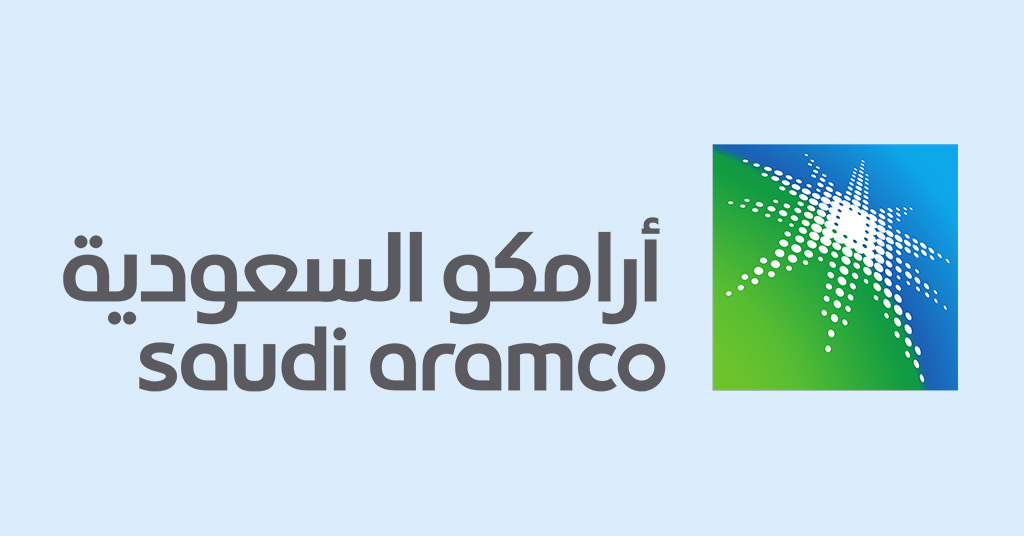Welcome To ChemAnalyst

Saudi Arabia's petrochemical producers face an uncertain future, as the industry grapples with a confluence of adverse factors. Rising costs of feedstock, declining product prices, and an oversupply in the global market have created a challenging environment for the sector. This situation is further exacerbated by expectations of a slowing global economy in 2024, which could depress demand for petrochemicals and exert additional pressure on companies within the industry.
The correlation between the demand for commodity chemicals and global GDP growth is well-established. Therefore, a global growth rate of less than 2% for 2024 predicted, the prospects for a swift recovery in demand are bleak. This outlook presents a significant challenge to Saudi Arabia, given its ambitions to establish itself as a major player in the global petrochemicals market.
Over recent years, the kingdom has embarked on a series of large-scale capacity expansions in the petrochemical sector. Last month, Investment Minister Khalid al-Falih revealed forecasts that investments in this sector could reach $600 billion by 2030. This ambitious growth strategy forms part of Saudi Arabia's broader efforts to diversify its economy away from a reliance on crude oil revenues.
In light of the potential global shift towards renewable energy sources, Saudi Arabia is also developing a crude-to-chemicals strategy. This initiative, led by state-owned oil company Saudi Aramco, aims to increase the chemical production level per barrel of oil from the standard 8% to 12%, and potentially up to 50%. Such a move would enable the kingdom to maximise the value of its vast oil reserves.
However, the persistence of a global oversupply of commodities into 2024 could undermine these plans. This risk is particularly acute if China, one of the world's largest consumers of commodities, experiences a slowdown in economic growth. Such a scenario would present considerable challenges to Saudi Arabia's economic stability.
Despite these potential headwinds, the kingdom's low-cost advantages, diversification efforts, and geopolitical influence could provide some mitigation. Saudi Arabia's domestic petrochemical sector has traditionally benefited from being amongst the lowest cost producers globally. This competitive edge is due to the kingdom's lower extraction costs per barrel of crude oil, which are passed on to petrochemical producers as discounted feedstock, primarily naphtha and natural gas liquids (NGLs).
However, this advantage was dealt a blow in early January when Saudi Aramco significantly increased feedstock and fuel prices for domestic producers. Consequently, many companies are now projecting a hit to their earnings as early as the first quarter of 2024. Despite this increase, Saudi Arabian producers remain at the lower end of the global cost curve.
In parallel, Saudi Aramco is leading an initiative to develop its own crude-to-chemicals capabilities. The company plans to convert 4 million barrels of oil per day into high-value chemical products such as fertilisers and plastics. While this move could increase the overall supply of petrochemicals and potentially lower prices, it also exposes producers to the risk of rising crude oil prices due to geopolitical tensions or supply chain disruptions.
The outlook for fertiliser producers is equally challenging. After enjoying a boost to margins thanks to significant price increases for fertilisers, including urea, ammonia, and diammonium phosphate (DAP), in September and October, prices have since declined. This trend is expected to continue into January and February, traditionally off-peak months for crop planting, resulting in lower demand for fertilisers.
Saudi Arabia's petrochemical industry faces a complex and challenging landscape. The combination of rising feedstock costs, falling product prices, and a global oversupply, coupled with the prospect of a slowing global economy, present significant obstacles. However, the kingdom's low-cost advantages, diversification efforts, and geopolitical influence could provide some resilience in the face of these challenges. As Saudi Arabia navigates this turbulent period, the decisions it makes will have far-reaching implications for its economy and its position within the global petrochemical industry.
We use cookies to deliver the best possible experience on our website. To learn more, visit our Privacy Policy. By continuing to use this site or by closing this box, you consent to our use of cookies. More info.
